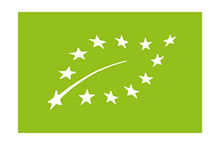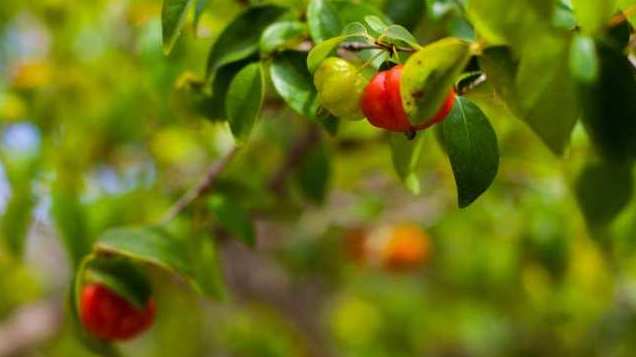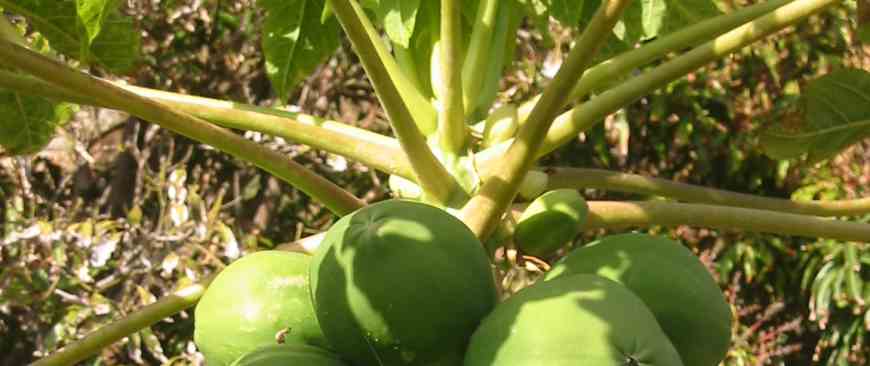Visit us
EVERYDAY
10:00 - 18:00
EVERYDAY
10:00 - 18:00
An incredible access via a spectacular cable car, a desert beach, a myriad of exotic fruits and vegetables to try, a story to unravel.
A cozy, secluded refuge, the imponent nature all around.
To contemplate, to reflect, to restore energy.
And then, gain inspiration and motivation.
It is with great pleasure that we invite you to visit this small island within Madeira Island.
Since 2008 all production is certified with the label of organic farming. 

Along the pathways you will find diverse exquisite sub-tropical fruit trees.

The restaurant in Fajã dos Padres completes the visit to the property, making it truly unique.
The restaurant serves a careful selection of dishes with origins in the traditional Madeira cuisine, from which stands out the tuna and other fresh fish dishes, as well as the desserts and side dishes prepared from locally grown products.
The Madeira malmsey wine makes the honours of the house, as an aperitif. Do not miss the opportunity to accompany your main meal with the locally produced table wine.
The environment is relaxed, and even when the occupation rate is close to its limit it is the peacefulness of the surrounding landscape that prevails.
The restaurant of Fajã dos Padres can host 120 persons. The restaurant has two semi-covered areas, one of them with a thatched roof, which can host 50 persons. The remaining seats are on the open air and it is possible to seat about 40 persons along the southern front, over the beach, benefiting from the shadow of a group of huge palm trees.
Group reservations can be taken, as well as for special occasions, in which case the specific conditions should be negotiated on a case-by-case basis. It is also possible to accept dinner reservations for groups with more that 20 persons.
Visits to the wine cellar should be reserved in advance, for a minimum number of 5 participants.

The travel entails approximately 250 metros, experienced in a 4-minute downward travel, along the coast of the huge cliff down to Fajã dos Padres. Through the lift’s panoramic window visitors can enjoy each minute of the descent; admire the southern coast of Madeira all the way to Ponta do Sol, the small bay of Fajã which gets nearer every second or, simply, enjoy the view of the sea as far as the sight beholds.
The Fajã dos Padres lift distances 28.5 km from the airport, about 10km from Funchal, and less than 6 km from Ribeira Brava.
Return ticket value.
Access to the upper base of the lift is done through road Padre António Dinis Henriques.
From Funchal or from the airport, follow VR1 and exit at Km 6, on exit number 3 indicating Cabo Girão / Quinta Grande.
Turn left, heading south, and go straight ahead until the end of road Padre António Dinis Henriques. An arrow on the highway will point to this direction.
You should park at the end of the road. The lift upper station is located below the road level.
latitude: 32.6570014953613
longitude: -17.024999618530273
Reaching Faja dos Padres is a matchless experience in itself.
Since there is no road access to the lower base of the huge cliff, it has become imperative to create alternative, and in a way, exotic access means to the property.
Today, the most convenient access mean is by a state-of-the-art cable car, and the access by boat was made possible with the creation of a small pier.
The cable car works daily and the upper station is reachable by car. Fajã is only 15 minutes away from Funchal, and 25 minutes from the airport of Madeira.
Once arrived to Fajã do benefit from the absence of vehicles in the whole property. Book a guided visit and join us in a walk along the old alleys opened along tropical fruits orchards.
For those adventurous there is a fantastic canyoning route accompanying a waterfall located at the east side of the property.

The microclimate of Fajã dos Padres favours the growing of subtropical species, some of which would hardly adjust to the remaining areas of Madeira.
Mangoes, avocado, banana, grapes and, in a smaller scale, a wide set of exotic fruits such as papaya, pitanga (surinam cherry), araça (a brasilian fruit) figs, passion fruit, tabaibo, pineapple, and even pomegranates, fill the environment of Fajã with colours and tropical flavours.
The potential of the area for agriculture has been exploited since the beginning of the settlement. It was this potential that justified all the effort dedicated to this small and remote piece of land, which was so difficult to reach until about two decades ago.
The vineyards were introduced since the beginning and have been dramatically optimised by the Jesuit priests. Sugar cane has occupied a large percentage of the property after the crisis of the Madeira wine industry in the 19th century and until the beginning of the 1930s, when the incentive of the “Cape line” has reinforced the growing of products that were then exported to England.
Tomato, sweet potato and other horticultural products were almost totally replaced by bananas after the Second World War, and their production has remained almost exclusively for private consumption.
The banana fields have occupied all the extension of Fajã for almost 30 years.The fact that it was a permanent culture allowed crops throughout the whole year. On the other hand, this made it very difficult for all the production to be shipped, since the transportation had to be made by sea and, at the time, the loading of goods was done directly on the beach.
In the beginning of the 1980s the property was widely restructured. Some mechanical methods were introduced as well as automatic irrigation systems and new cultures were introduced in addition to the banana production. The malmsey vineyards, which in the meantime had disappeared, were introduced again, as well as a new set of fruit products that were expected to make the most of the extraordinary microclimate of the property.